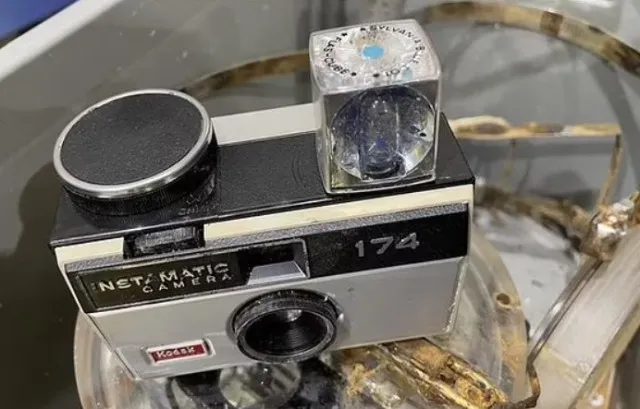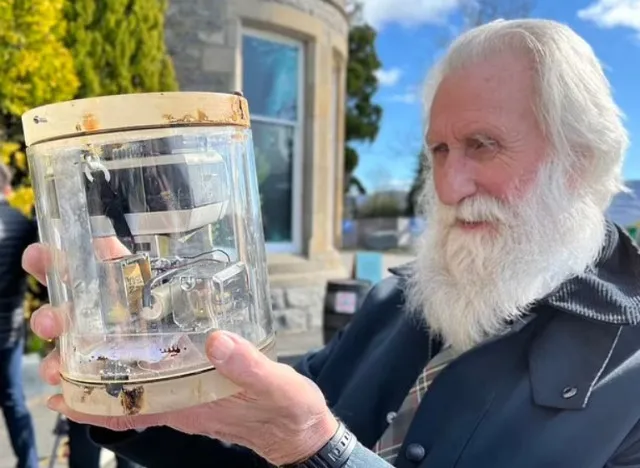Scientists have developed photos from a 50-year-old camera trap in an effort to uncover the truth about the Loch Ness Monster.
Scientists have recently made headlines by developing photos from a 50-year-old camera trap.
This trap was originally set up to capture images of the Loch Ness Monster, a legendary creature that many believe lives in Scotland’s Loch Ness.
The development of these photos has sparked interest among enthusiasts and skeptics alike.
History of the Loch Ness Monster
The Loch Ness Monster, often affectionately called “Nessie,” has been a topic of fascination for decades.
Many people have claimed to see the creature, describing it as a large, serpent-like being.
Despite numerous sightings and stories, there has been no conclusive evidence to prove its existence.
For years, scientists and researchers have tried to uncover the truth behind these claims.
Scientists resolved existence of Loch Ness Monster after analyzing photos from 50-year-old camera trap
Recently, a robotic submersible named Boaty McBoatface discovered the camera trap. This camera was left behind by hunters searching for Nessie in the 1970s.
During a routine test of the submersible, the camera was found about 180 meters deep in Loch Ness.
It was in surprisingly good condition, protected by a waterproof casing.

Once the camera was retrieved, engineers from the National Oceanography Centre (NOC) developed the film inside.
The excitement was palpable as many hoped the photos would finally show evidence of the Loch Ness Monster. However, the results were not what they expected.
The photographs did not show Nessie at all, leaving many to speculate about the creature’s whereabouts.
Experts provided valuable insights about the camera.
Adrian Shine, a well-known figure in Loch Ness research, helped identify the camera.
He explained that the device was designed to take pictures when a bait line was disturbed.

This innovative design reflects the creativity and determination of those who sought to capture evidence of Nessie.
Shine noted that the camera had survived more than five decades underwater, which is quite impressive.
“It was an ingenious camera trap consisting of a clockwork Instamatic camera with an inbuilt flash cube, enabling four pictures to be taken when a bait line was taken,” Shine explained.
“It is remarkable that the housing has kept the camera dry for the past 55 years, lying around 180 metres deep in Loch Ness.”

The search for evidence of Nessie continues.
Despite the lack of evidence in the developed photos, the search for Nessie continues.
Researchers remain committed to uncovering the truth. Sam Smith from the NOC emphasized that Loch Ness is an ideal testing ground for robotics and technology.
The area’s depth and conditions allow scientists to test new equipment that could eventually help answer larger questions about life in deep waters.

“At 230 metres deep, Loch Ness is an ideal location to test our robotics, their sensors and systems, before they’re deployed in the deep ocean to help answer the big questions we have,” said Sam Smith of NOC’s marina autonomous robotics systems group.
“While this wasn’t a find we expected to make, we’re happy that this piece of Nessie-hunting history can be shared and perhaps at least the mystery of who left it in the loch can be solved.”